One of the most important smartphone accessories is a charging cable. It has two functions: one is to transfer data, and the other is to charge the battery. However, determining the proper charger is challenging because it comes with various adapters and charging standards. After reading this article, you will be fully prepared to select the top chargers for smartphones.
Table of Contents
The fast-charging cable market
How to choose a reliable charging cable for smartphones
Final words
The fast-charging cable market
USB, which stands for Universal Serial Bus, is a technology that allows devices to communicate with one another via a single port and a cable. USB cables can deliver up to 100W of power to a device and transfer data at high speed.
Increased demand for consumer electronics and increased usage of gaming, video conferencing, and home surveillance devices are some of the primary drivers of the USB cable market.
Because of the increasing consumption of smartphones, the USB market is expected to proliferate in the future. The USB cable market was worth USD $35.33 million in 2021 and is expected to grow at a 9.3% CAGR to USD $65.87 million by 2028.
Furthermore, the introduction of USB-type C cables is expected to open up lucrative market growth opportunities. This article will assist buyers in selecting the top fast-charging smartphone cables for their customers.
What is fast-charging technology?
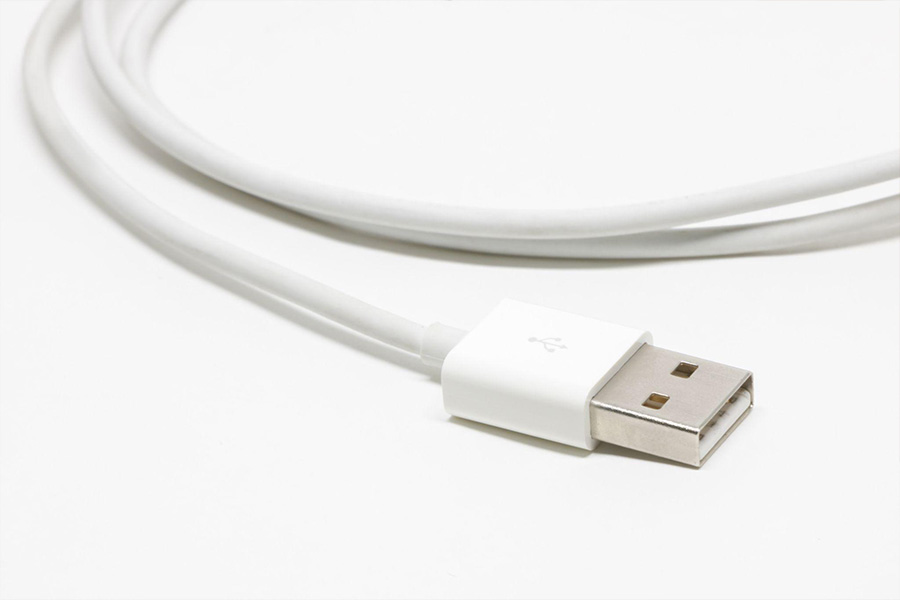
As people become more reliant on their smartphones, they require fast-charging cables to charge their batteries quickly. Qc technology and other fast-charging standards can charge the device to 100% in under 30 minutes.
Every smartphone has built-in fast charging technology, but their accessories, such as a charger or cable, also play a role. The most recent fast-charging cable is the USB 3.1, which can charge a device at speeds of up to 100W. This means the smartphone can be charged four times faster and up to 50% in less than 30 minutes.
A device’s charging speed can be slowed by using the incorrect charger. The cables’ speed, durability, and quality vary depending on the brand and other factors.
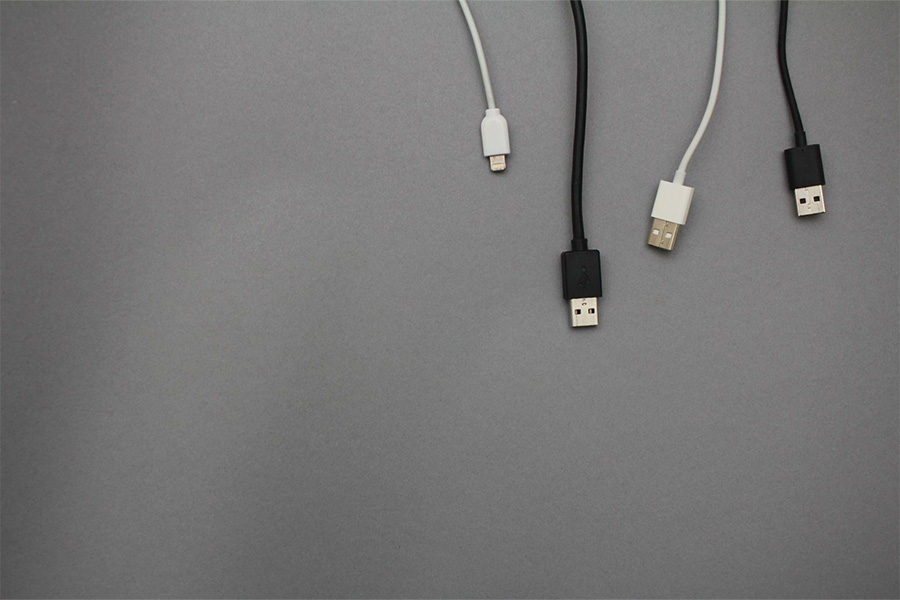
A USB-C cable is the latest standard with several benefits attached to it. It is much smaller than USB-A cables, reversible, and extremely fast. USB-C can deliver more current and transfer data faster than previous USB versions. Indeed, Apple’s Macbooks now only come with USB-C ports. Apart from fast charging, USB-C can also output video to a monitor.
USB-C cables, as opposed to USB-A cables, have connectors on both ends and allow full power utilization. USB-C to USB-A cables is also widely used to maintain compatibility with older devices. Almost all new smartphones and tablets use a USB-C connection rather than a micro-USB connection.
Charging Stations: A USB cable requires an adapter that connects to a power outlet. A wall charger is a single unit that looks like a converter box and can be plugged into the wall. The box plug is attached to the outlet, and the USB cables are plugged directly into it. Some chargers have multiple ports with specialty circuits to take advantage of various fast-charge technologies. Most users see no benefit in selecting a device-specific charging station.
How to choose a reliable charging cable for smartphones
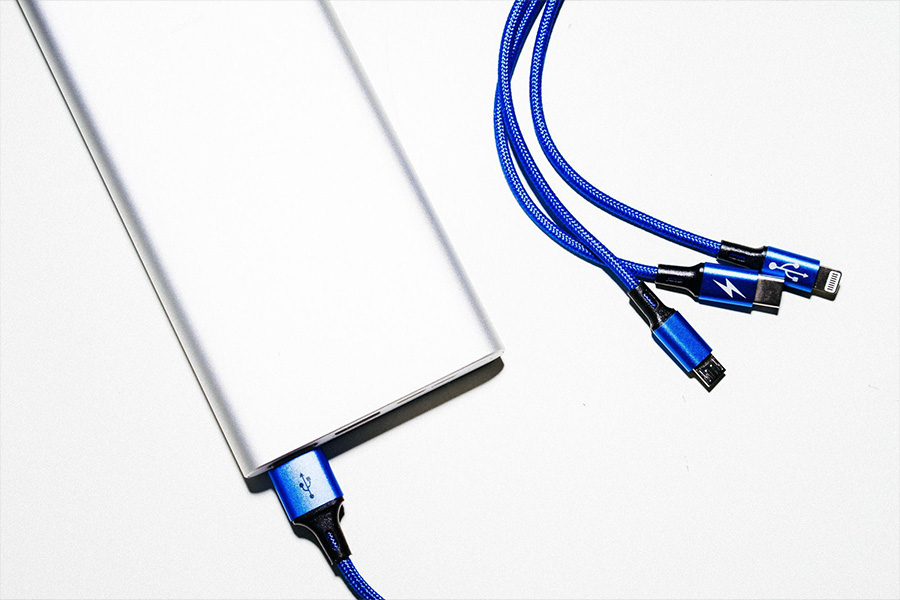
Here are some things to consider when purchasing a data cable for smartphones.
Charging Speed
The charging speed of the cables depends on several factors. For instance, regular USB cables send around 2.5V of current to the battery, while fast-charging cables send around 5V, 9V, or 12V, depending on the brand and the smartphone model.
There are two factors to consider when understanding the power unit:
- Voltage (V)- A good charger will provide a voltage that is compatible with the smartphone. While most chargers have been 5V, newer technology such as Qualcomm delivers 9 to 12V. These chargers can also detect non-Qualcomm smartphones and automatically adjust to 5V. This means that older smartphones can use a 9/12V charger.
- Amperage (A)- The higher the amps of a charger, the faster it will charge the smartphone. However, some phones limit the amount of current the device can accept even when charging with a high-amperage charger. When looking for chargers, pick the ones with a voltage rating of at least 2A.
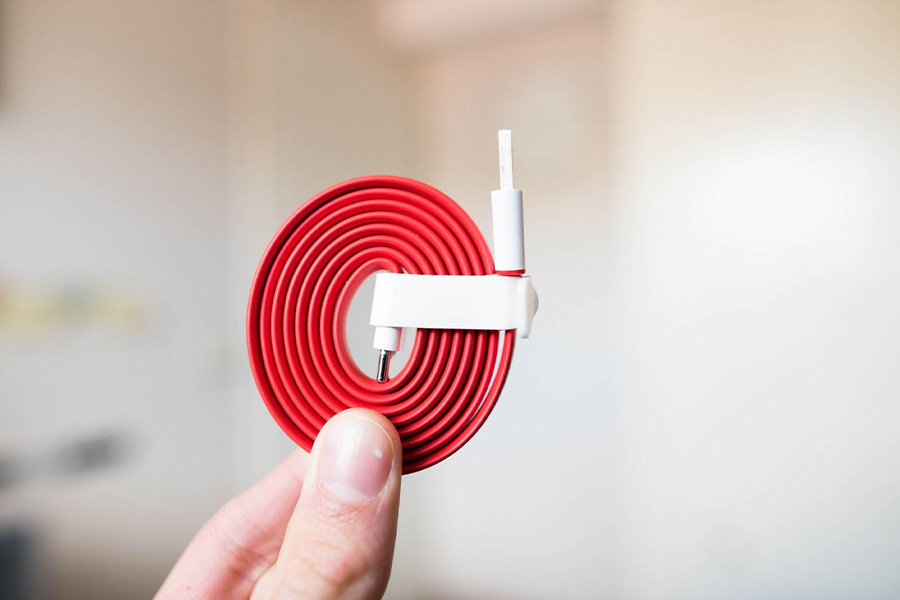
AWG / Gauge Rating
AWG, or American Wire Gauge, is a standard wire gauge system and one of the most important factors to consider when purchasing cables.
Every charging cable has an AWG number that specifies the wire diameter and current carrying capacity. The higher the gauge number, the thinner the wire, and the lower the current capacity.
On the other hand, a lower AWG number indicates a thicker wire with a higher current carrying capacity.
Higher gauge charging cables should not be used to charge smartphones that require a higher current, such as 2A or more. Cables with a gauge number of 28/24 work well for high-power smartphones, and this is because cables with 24 gauge wires can handle 2 amps of current while 28 gauge cables can handle 0.83A.
If a 28 gauge cable is used to charge a smartphone that requires 2A of current, the charging will be slow and may even damage or burn the cable because the wires cannot handle that much current.
For charging smartphones less than 1A, the recommended gauge ratings are 28/24, 27,25, and 28/26. The gauge rating must be 24 or lower for phones that require more than 2 amps.
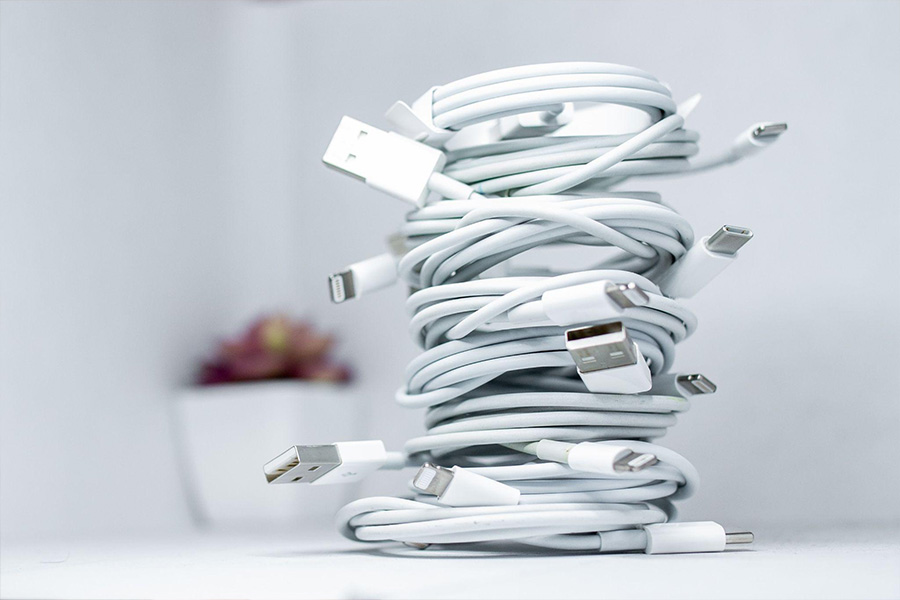
Length
Consider the length because shorter cables may have difficulty reaching a power outlet or a computer’s USB port. Cables that are too long, on the other hand, are not good choices because they have been experimentally proven to take longer to charge a battery than shorter ones. Long cables are acceptable if the user intends to transfer data between devices. Otherwise, a medium-sized USB cable is a good choice, and cables at a length of 1.5 meters are ideal.
Finally, it is advised to select USB cables with thicker external wires rather than slim ones. This is because thicker wires allow more current to pass through them, allowing the smartphone to charge faster. Faster data transfer is also possible with thicker cables.
Slim cables, on the other hand, get warm during charging and have lower charging and data transfer efficiency.
Brand
Choosing data cables from reputed brands is recommended even though they cost higher than their counterparts. Thus, when shopping for charging cables, consider the manufacturer as it is good to offer a selection of branded cables that is compatible with the smartphone. However, purchasing USB cables from other brands is acceptable as long as the charging speed and AWG rating are taken into account.

Cost
When shopping for cables, the price of the charging cable is an essential factor to consider. USB cables are typically not expensive. However, when factors such as length, brand, quality, durability, and thickness are taken into account, prices can rise. The general rule of thumb is that the higher the price, the higher the cable’s quality.
Build
The repeated coiling of cables to fit into pockets and purses is one of the leading causes of cable damage. As a result, the wires within the cable wear out and break.
Furthermore, the constant coiling can cause the pin of the cables on either end to break, resulting in a slower charge. Thus, the thickness and quality matter when it comes to durability.
Final words
Even though fast charging is a common feature among most chargers, not all products are the same. They differ on several key aspects, and not all third-party chargers can handle high-speed charging, such as VOOC technology.
Furthermore, it is critical to know whether smartphones support USB-PD technology, which provides the fastest charging speeds. As a result, before investing in chargers, it is essential to do a quick research.




